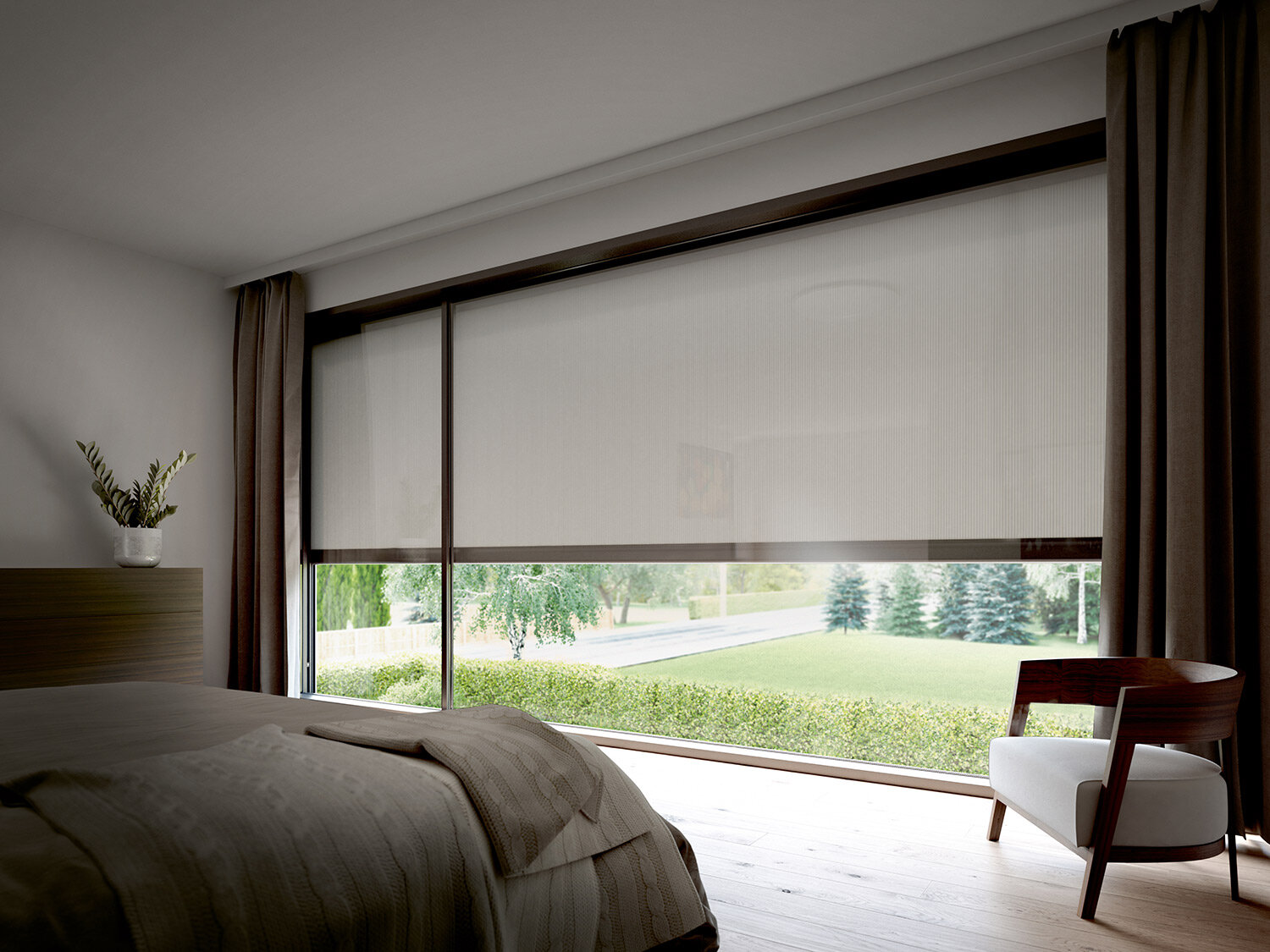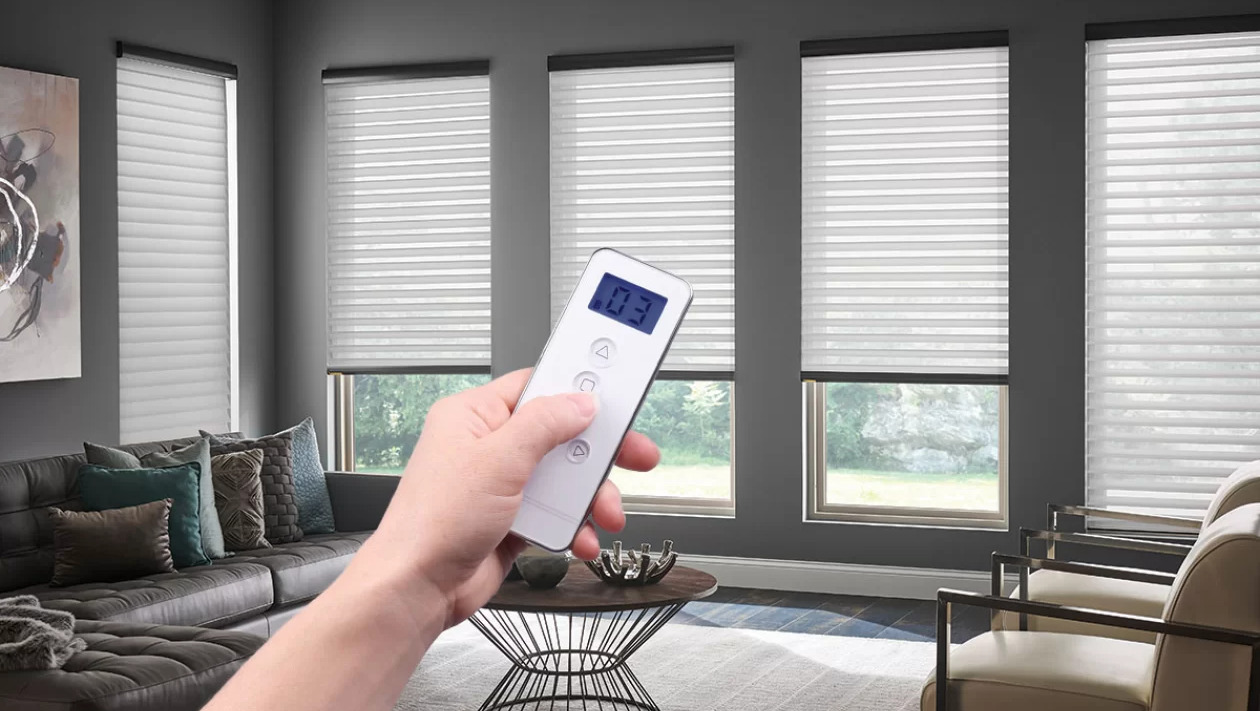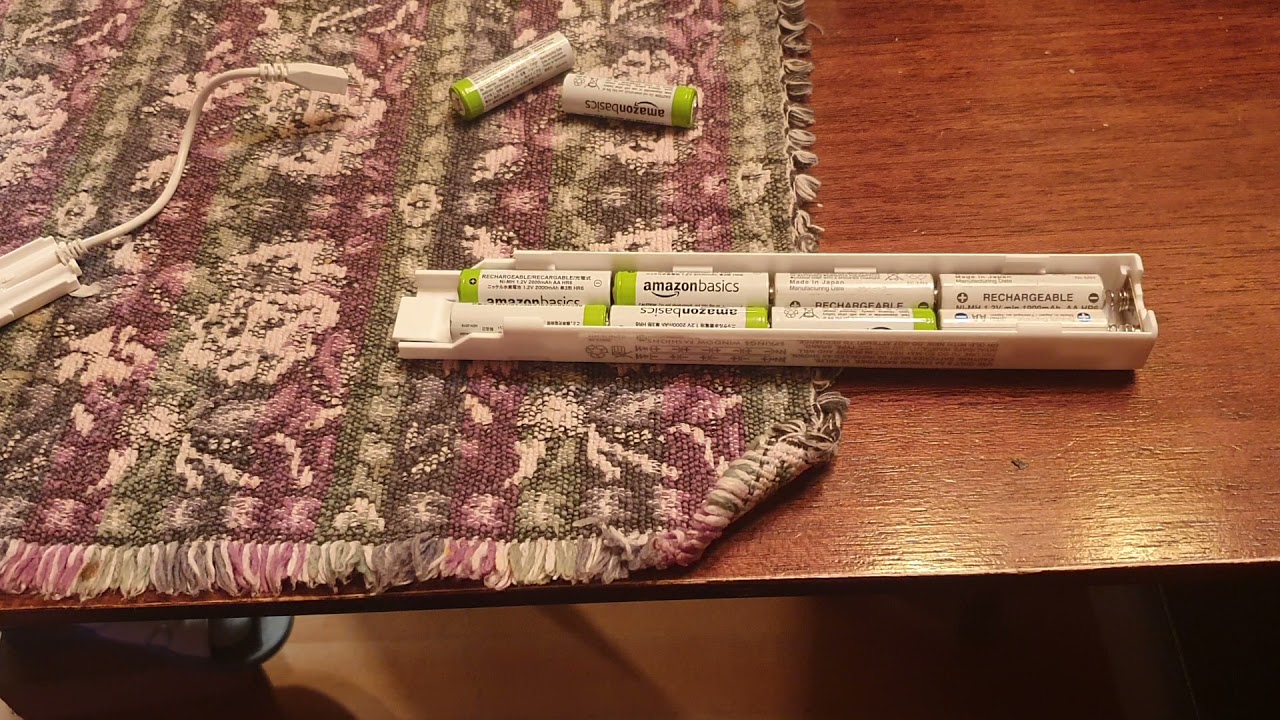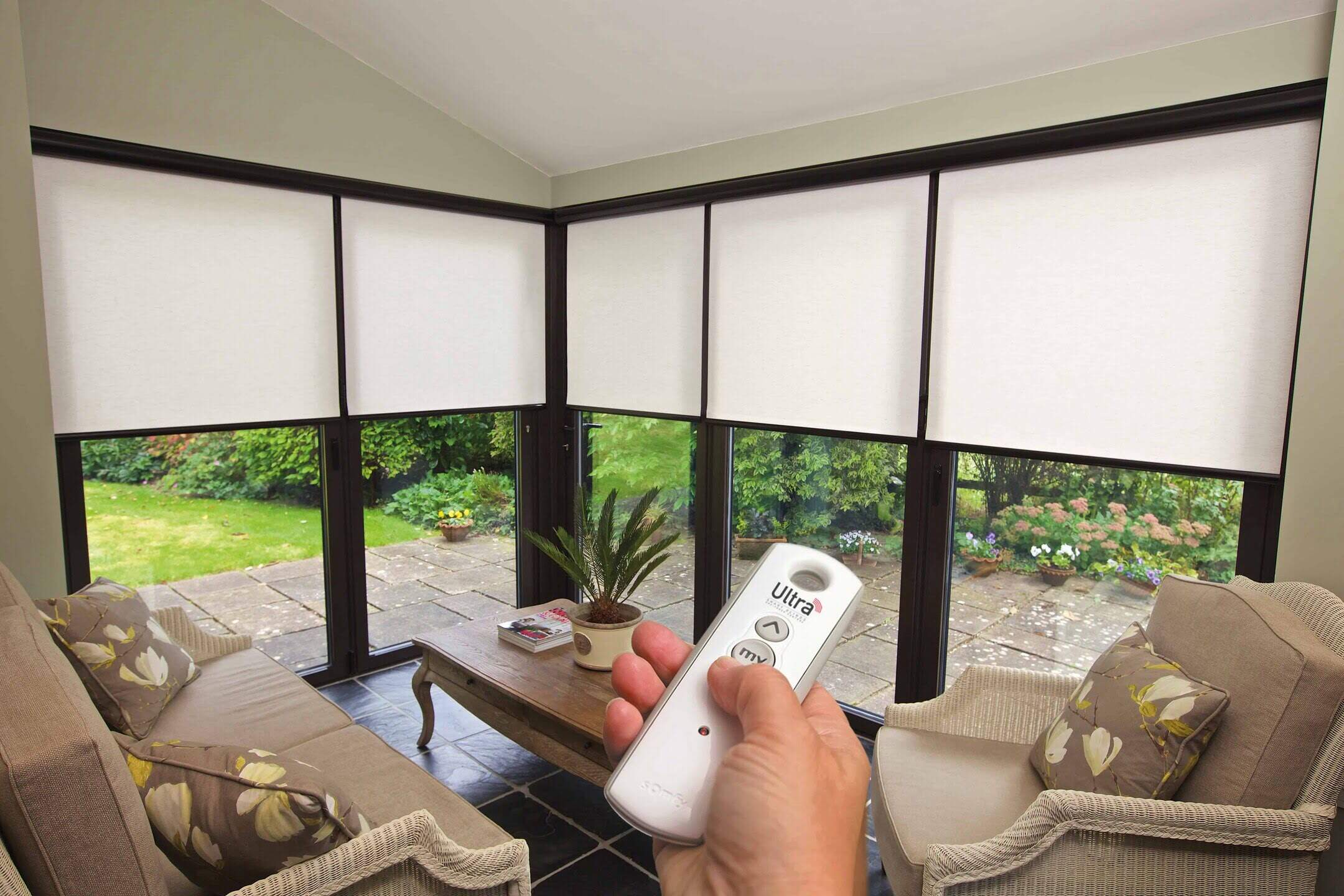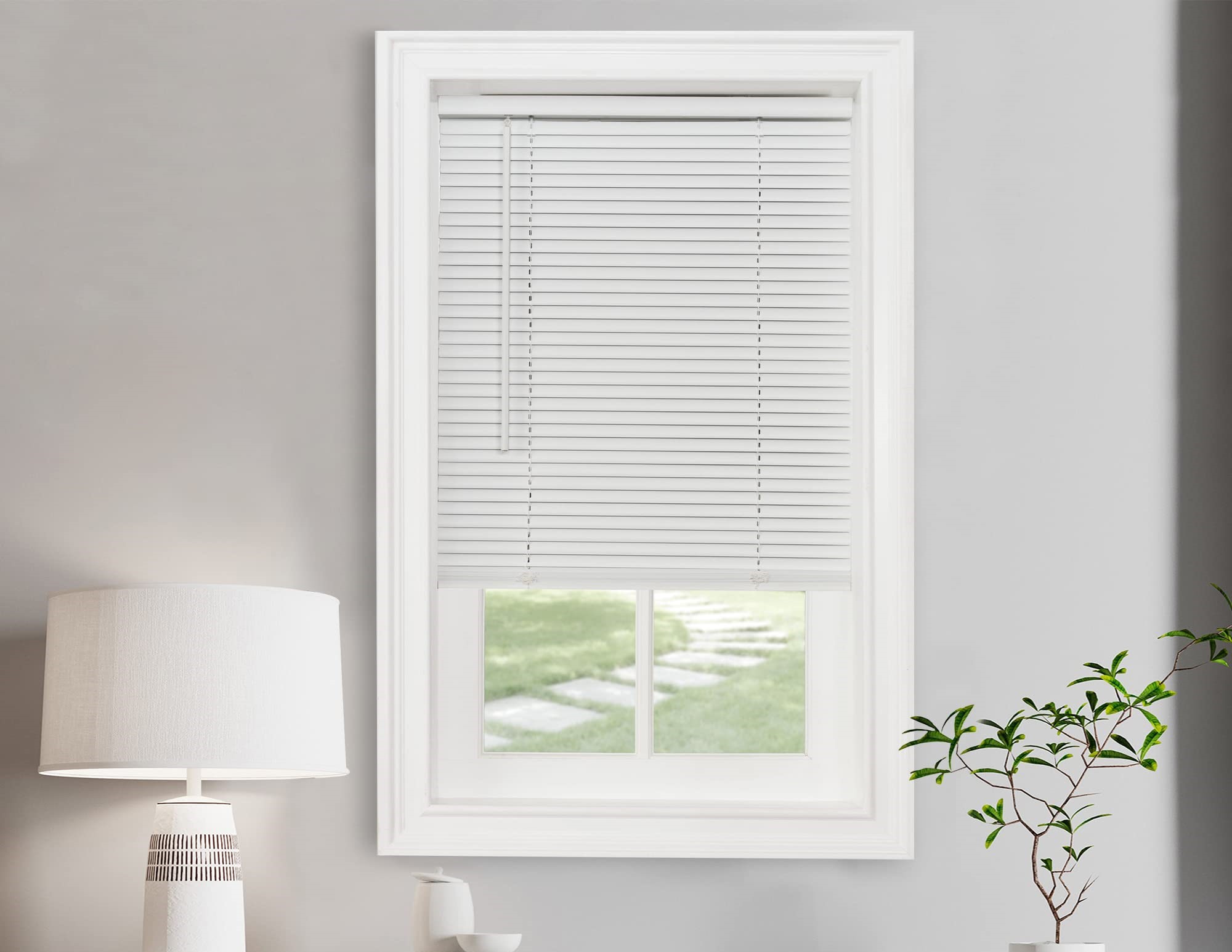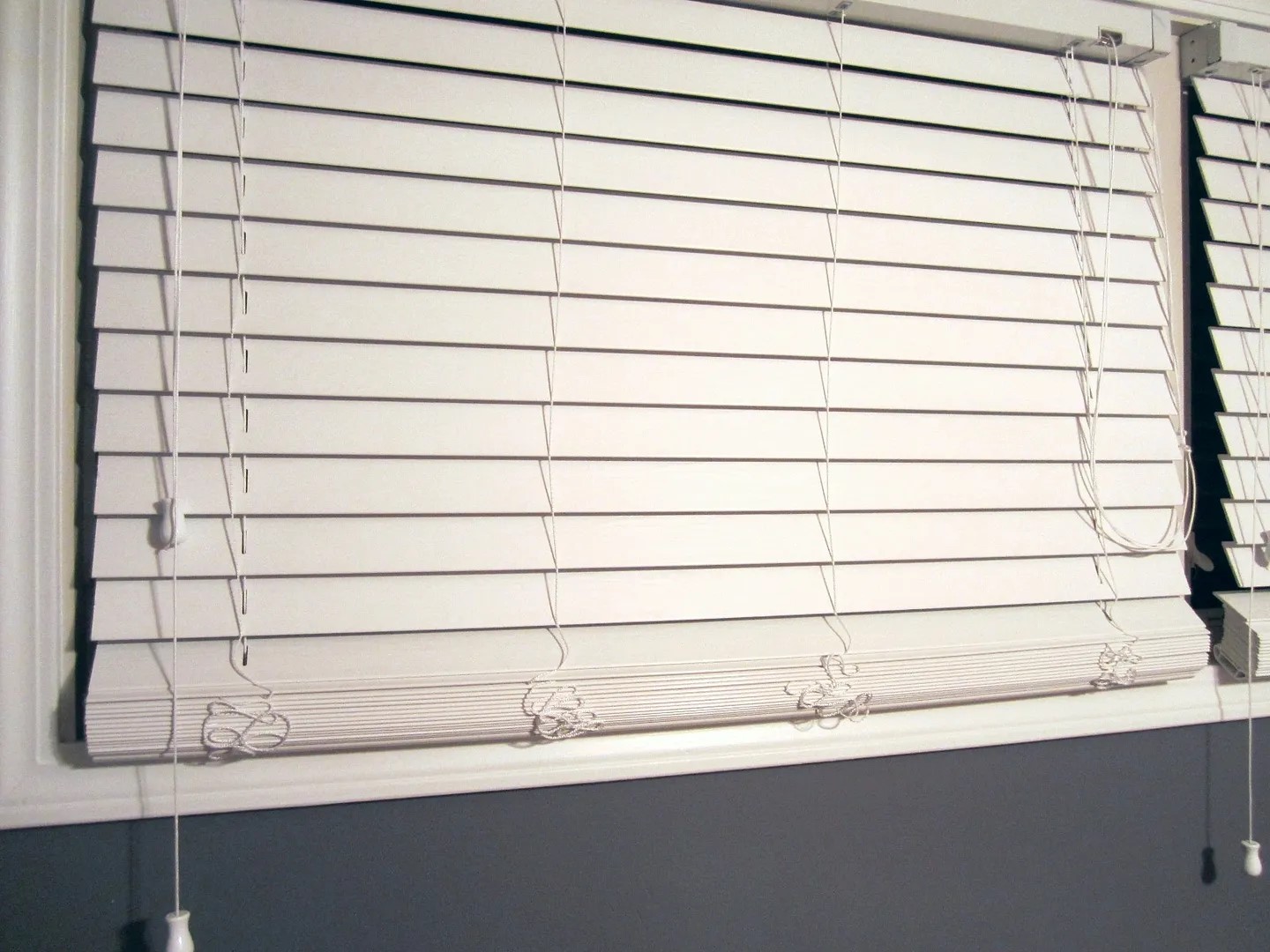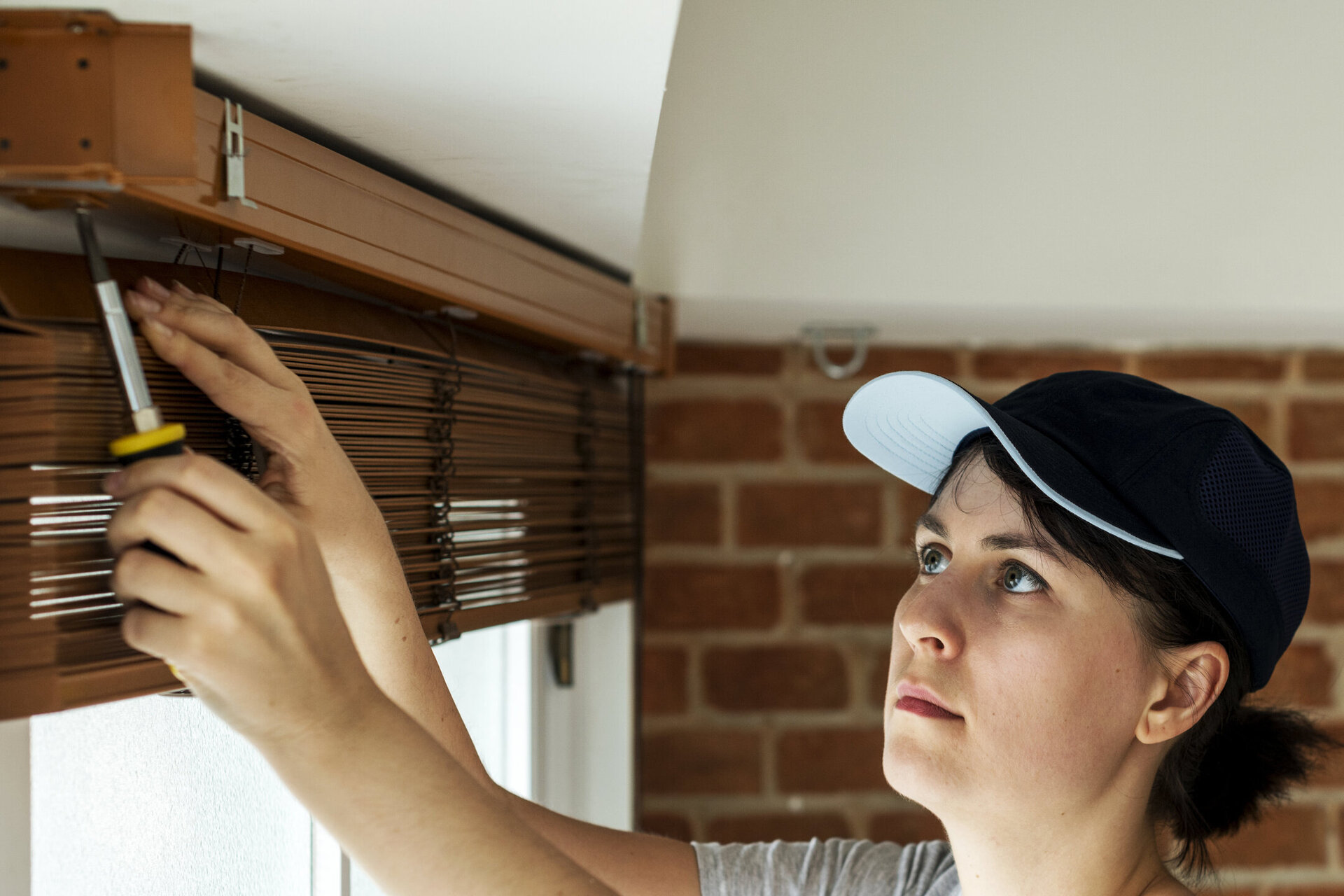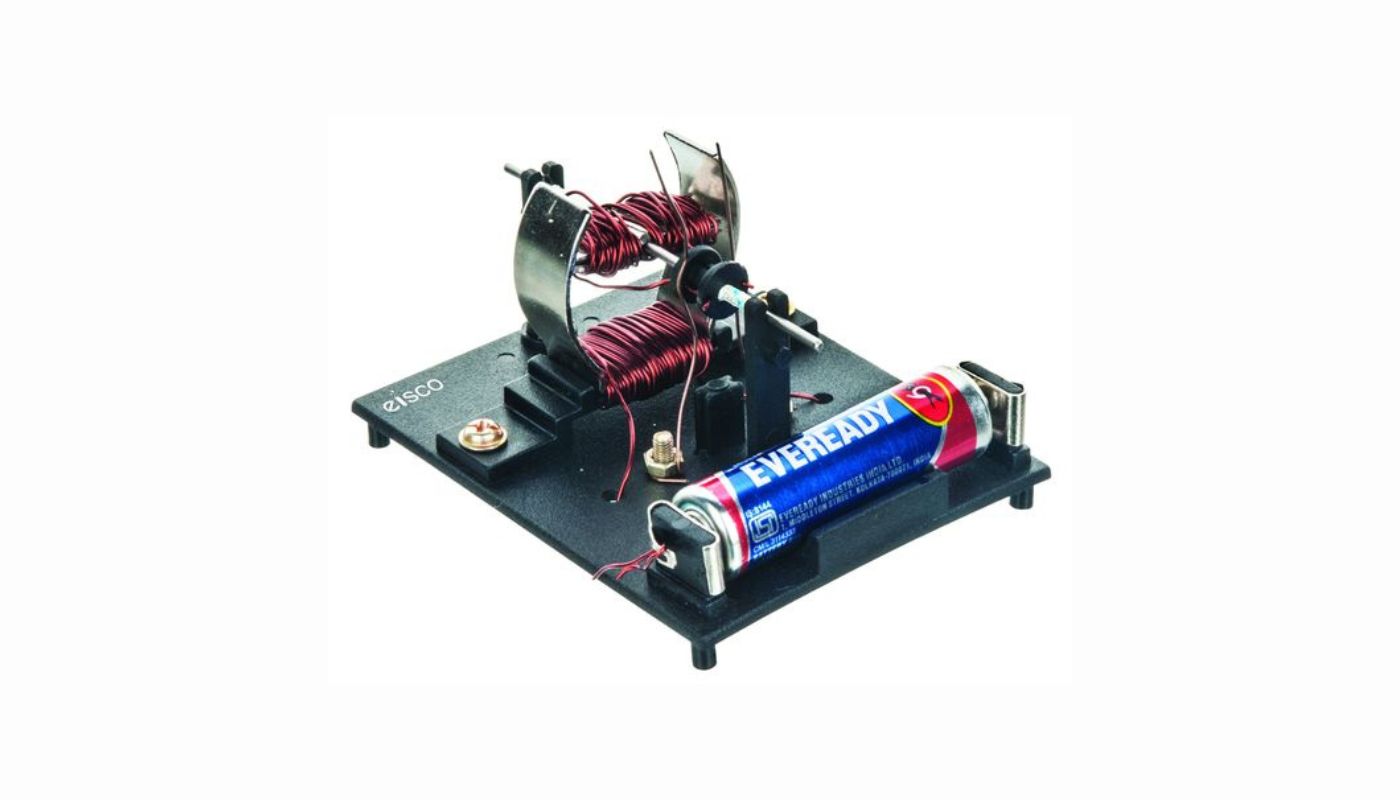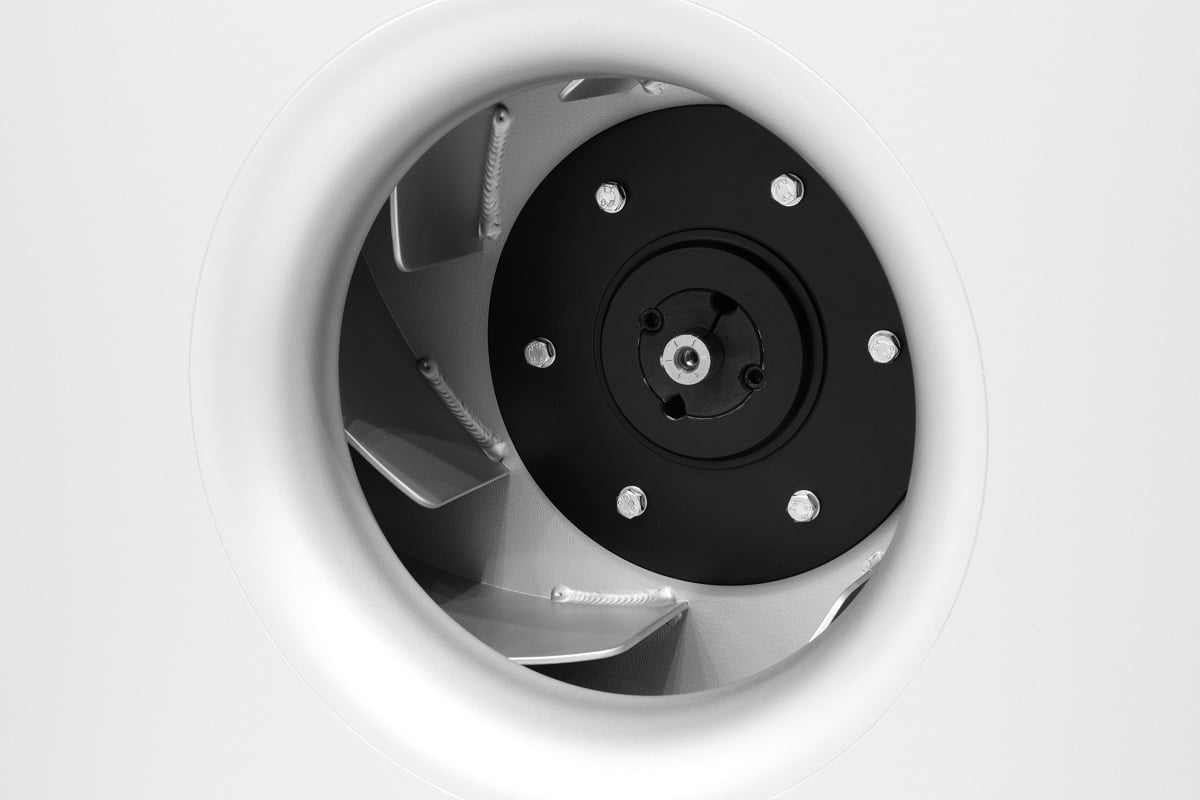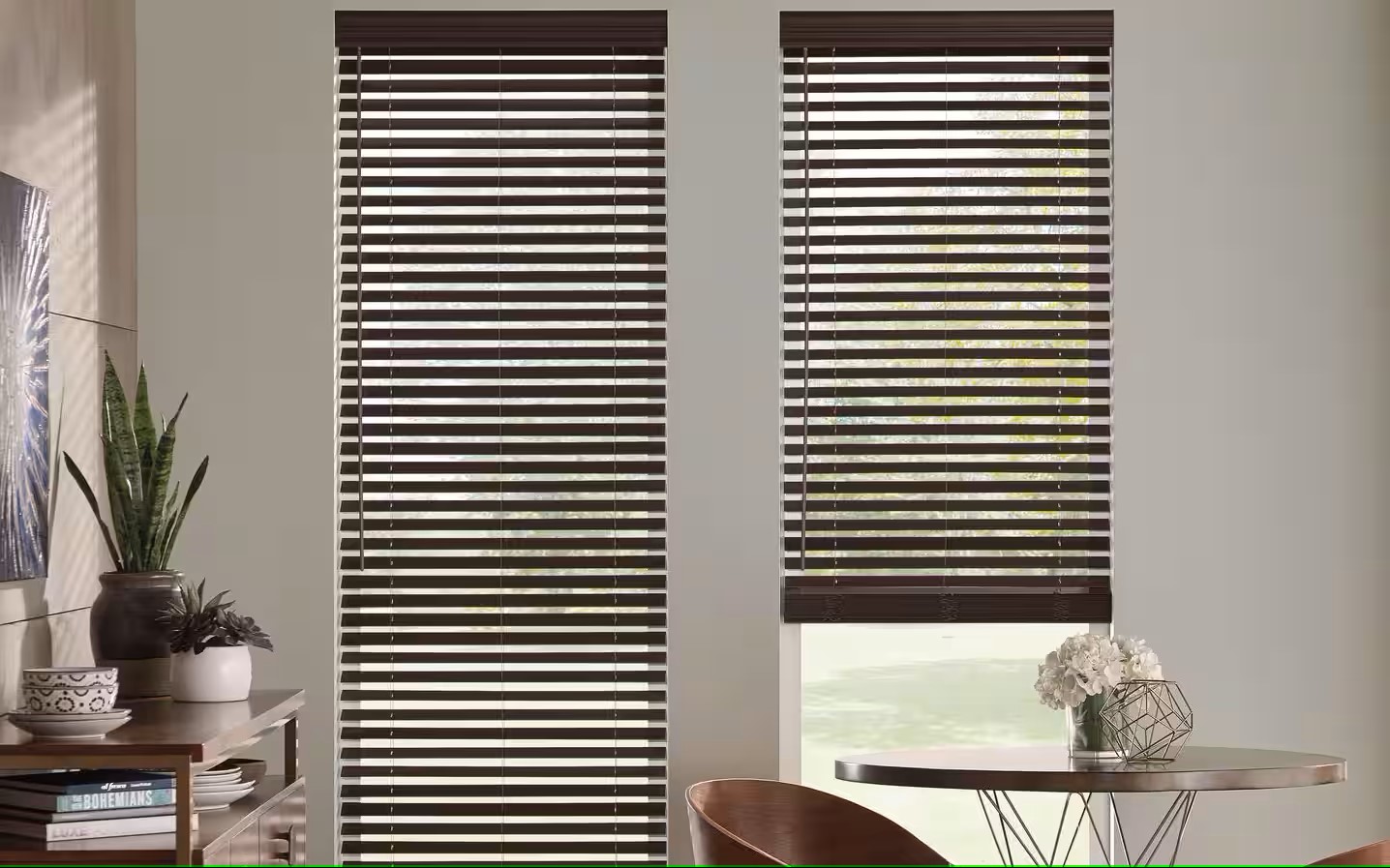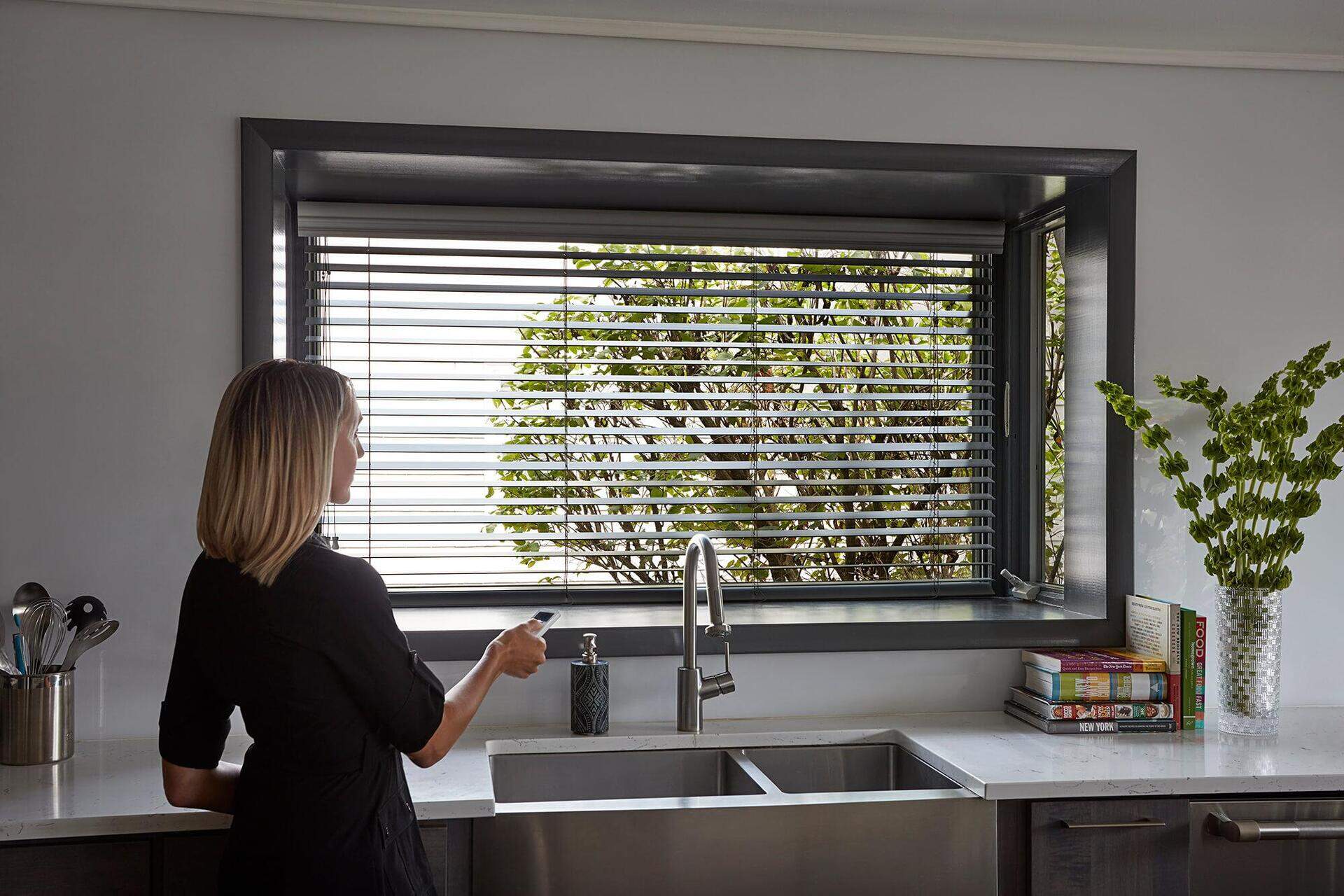

Articles
How To Motorize Blinds
Modified: December 7, 2023
Learn how to motorize your blinds with our informative articles. Increase convenience and functionality with motorized blinds.
(Many of the links in this article redirect to a specific reviewed product. Your purchase of these products through affiliate links helps to generate commission for Storables.com, at no extra cost. Learn more)
Introduction
In today’s rapidly advancing world, technology has transformed various aspects of our lives, including our homes. With the advent of smart home devices, controlling various features of our living spaces has become easier and more convenient. One such innovative addition to our homes is motorized blinds.
Gone are the days when we had to manually adjust the blinds to control the amount of light or privacy in a room. With motorized blinds, you can effortlessly control your window coverings with just a push of a button or even through voice commands.
In this comprehensive guide, we will walk you through the steps to motorize your blinds, bringing convenience and sophistication to your home. So, let’s dive in and discover how to transform your regular blinds into smart motorized ones!
Key Takeaways:
- Elevate your home with motorized blinds, bringing convenience and sophistication to your living space. Follow our comprehensive guide to seamlessly transform your regular blinds into smart, automated window coverings.
- From choosing the right motorized blinds to troubleshooting and maintenance, our guide empowers you to seamlessly motorize and maintain your blinds. Enjoy the convenience and modern touch of motorized blinds in your home.
Read more: How To Charge Motorized Blinds
Step 1: Choosing the Motorized Blinds
The first step in motorizing your blinds is selecting the right type of motorized system that suits your needs and preferences. Consider the following factors when choosing the motorized blinds:
- Power source: Motorized blinds can be powered by batteries or hardwired into your home’s electrical system. Battery-operated blinds offer the flexibility of installation but require occasional battery changes. Hardwired blinds, on the other hand, provide a continuous power supply but require professional installation.
- Control options: Look for motorized blinds that offer a variety of control options. This could include remotes, smartphone apps, voice control, or integration with smart home systems like Amazon Alexa or Google Home.
- Compatibility: Ensure that the motorized blinds you choose are compatible with your existing window frame or can be easily adjusted to fit. Measure your windows carefully and consult with the manufacturer if needed.
- Design: Consider the style, color, and material of the blinds to ensure they complement your home’s décor. Motorized blinds are available in various materials, including metal, wood, vinyl, or fabric, giving you plenty of options to choose from.
- Safety features: Look for blinds that come with safety features, such as cordless operation or built-in sensors that detect obstacles and prevent damage.
Take your time to research different brands and models, read customer reviews, and compare prices to make an informed decision. It’s also a good idea to consult with professionals or retailers who specialize in motorized blinds to get expert advice and recommendations specific to your needs.
Once you have chosen the motorized blinds that best suit your requirements, you’re ready to move on to the next step – measuring the windows.
Step 2: Measuring the Windows
Accurate measurements are crucial for ensuring that the motorized blinds fit perfectly on your windows. Before proceeding, gather the following tools:
- Tape measure
- Pencil
- Paper or digital note-taking device
Here’s a step-by-step guide to measuring your windows for motorized blinds:
- Measure the width: Begin by measuring the inside width of your window frame. Measure from one inside edge of the frame to the opposite inside edge. Take note of this measurement.
- Measure the height: Next, measure the inside height of your window frame. Measure from the top inside edge of the frame to the bottom inside edge. Write down this measurement.
- Double-check the measurements: To ensure accuracy, repeat the width and height measurements at least twice. If any discrepancies are found, take the average of the measurements or re-measure to get precise numbers.
- Determine the mounting option: Based on the type of motorized blinds you have chosen, decide on the mounting option. There are typically two options: inside mount or outside mount. Inside mount refers to installing the blinds within the window frame, while outside mount involves mounting them on the wall or above the window frame.
- Add additional space: If you opt for the inside mount, add some extra space to your width and height measurements. This will allow the blinds to fit comfortably within the frame without scraping against the edges. Consult the manufacturer’s instructions or guide for the recommended additional space.
- Note any obstructions: Take note of any obstructions, such as window handles or trims, that might interfere with the installation of the motorized blinds. Ensure that you account for these obstructions and choose a mounting option that avoids any conflicts.
Once you have accurately measured your windows and determined the mounting option, you are ready to move on to the next step: installing the motorized system.
Step 3: Installing the Motorized System
Now that you have chosen the motorized blinds and measured your windows accurately, it’s time to install the motorized system. Follow these steps for a successful installation:
- Gather the necessary tools: Before you begin, ensure that you have all the tools required for the installation. This may include a drill, screws, a screwdriver, and any other specific tools mentioned in the manufacturer’s instructions.
- Prepare the motorized system: Follow the manufacturer’s instructions to prepare the motorized system. This usually involves attaching brackets or mountings to the blinds, depending on the type of motorized system you have chosen.
- Mark the installation points: Use a pencil to mark the installation points on the window frame or wall. Refer to the manufacturer’s instructions to determine the correct placement of the brackets or mountings.
- Drill pilot holes: With the help of a drill, create pilot holes at the marked installation points. Be cautious while drilling to avoid damaging the window frame or wall.
- Secure the brackets: Place the brackets or mountings over the drilled pilot holes and securely fasten them using screws and a screwdriver. Ensure that they are tightly fixed for stability.
- Attach the motorized system: Once the brackets are installed, carefully attach the motorized system to the brackets according to the manufacturer’s instructions. Ensure that it is securely locked in place.
- Repeat for multiple blinds: If you have multiple blinds, repeat the installation process for each of them, following the same steps.
- Check for smooth operation: Once the motorized system is securely installed, test the blinds to ensure smooth operation. Operate them using the provided remote control or any other control option available with your system.
Always refer to the specific instructions provided by the manufacturer of your motorized blinds for the most accurate and detailed installation process. If you are unsure about any step, it is recommended to seek professional assistance to ensure a safe and efficient installation.
Now that the motorized system is installed, it’s time to move on to the next step: connecting the motorized system to power.
When motorizing blinds, make sure to choose a motor that is compatible with your specific type of blinds and that can be easily integrated with your smart home system for convenient control.
Step 4: Connecting the Motorized System to Power
Once you have successfully installed the motorized system for your blinds, the next step is to connect it to a power source. The method of powering your motorized blinds will depend on the type of system you have chosen, whether battery-powered or hardwired.
If you have opted for battery-powered motorized blinds:
- Access the battery compartment: Locate the battery compartment on the motorized system. This is usually on the back of the blinds or within the motorized mechanism itself.
- Insert the batteries: Open the battery compartment and insert the required batteries according to the manufacturer’s instructions. Ensure that you follow the correct polarity (+/-) while inserting the batteries.
- Secure the battery compartment: Close the battery compartment securely to ensure that the batteries are in place and properly connected to the motorized system.
- Test the power connection: Use the provided remote control or control option to test the operation of the motorized blinds. If they respond as expected, it indicates that the power connection is successful.
- Monitor battery life: Keep track of the battery life and replace the batteries when needed. It is recommended to use high-quality and long-lasting batteries for optimal performance.
If you have chosen hardwired motorized blinds:
- Locate a power source: Identify the nearest power source where you can connect your motorized blinds. This could be an electrical outlet or a junction box.
- Hire a professional: For hardwired installations, it is advisable to hire a licensed electrician to ensure proper electrical connections and compliance with safety standards. They will handle the wiring and connection process for you.
- Follow electrical code: When connecting the motorized system to power, it is crucial to adhere to electrical codes and regulations specific to your location. This may include proper grounding, the use of appropriate wire gauges, and correct installation techniques.
- Test the power connection: Once the motorized system is connected to power, test the operation of the blinds to ensure that they respond correctly to the control options provided.
- Ensure safety precautions: When dealing with electrical connections, prioritize safety. Ensure that the power source is turned off during the installation process, and follow best practices for working with electricity.
By following these steps, you will be able to connect your motorized blinds to a power source, whether using batteries or hardwiring. Now it’s time to move on to the next step: programming and testing the motorized blinds.
Read more: How To Install Motorized Blinds
Step 5: Programming and Testing the Motorized Blinds
After connecting the motorized blinds to power, the next step is to program and test them to ensure smooth and efficient operation. Follow these steps to program and test your motorized blinds:
- Refer to the manufacturer’s instructions: Each brand and model of motorized blinds may have specific programming instructions. Carefully read the provided manual to familiarize yourself with the programming process.
- Access the programming mode: Put the motorized blinds into programming mode by following the instructions provided. This usually involves pressing specific buttons on the remote control or engaging a certain sequence of actions.
- Configure control settings: Use the programming mode to set up various control settings, such as adjusting the blinds’ open and close positions, programming timers or schedules, and linking the blinds to smart home systems if applicable.
- Test the operation: Once you have programmed the motorized blinds, test their operation to ensure that they respond correctly to your commands. Use the provided remote control or control option to open, close, or adjust the blinds as desired.
- Make necessary adjustments: If you find that the blinds do not operate as expected, recheck the programming settings and make any necessary adjustments. Refer to the troubleshooting section of the manual or contact customer support if you encounter any issues.
- Test different control options: If your motorized blinds offer multiple control options such as smartphone apps or voice commands, test them to ensure their functionality. Sync the blinds with the appropriate apps or smart home systems and experiment with different control methods.
- Observe motorized system noise and speed: Pay attention to the noise level and speed of the motorized blinds during operation. If you notice any unusual noises or slow movements, consult the manual or contact the manufacturer to troubleshoot the issue.
- Continue fine-tuning: Fine-tune the programming and control settings as needed to achieve the desired operation of your motorized blinds. Experiment with different configurations to optimize their performance and convenience.
By following these steps, you’ll be able to program and test your motorized blinds, ensuring smooth and reliable functionality. If you encounter any challenges or have specific questions regarding the programming process, don’t hesitate to reach out to the manufacturer’s customer support for assistance.
Now that your motorized blinds are programmed and tested, let’s move on to the final step: troubleshooting and maintenance.
Step 6: Troubleshooting and Maintenance
As with any technological system, motorized blinds may encounter occasional issues or require regular maintenance to ensure optimal performance. Here are some troubleshooting and maintenance tips to keep your motorized blinds in top shape:
- Troubleshooting:
- If the blinds are not responding to commands, check the batteries in the remote control or the power source for hardwired blinds. Replace the batteries if necessary.
- Verify that the motorized system is properly connected to power and that there are no loose connections.
- If the blinds are unresponsive or operating erratically, check for any obstructions that may be preventing their movement. Clear any obstacles and test the operation again.
- If you are experiencing technical difficulties or persistent issues, consult the troubleshooting section of the manufacturer’s manual or contact their customer support for assistance.
- Maintenance:
- Regularly clean the blinds and their components to remove dust, debris, or any potential obstructions. Use a soft cloth or a vacuum cleaner with a brush attachment to gently clean the blinds.
- Inspect the blinds for any signs of wear and tear, such as frayed cords or loose parts. Replace or repair any damaged components to maintain the functionality and safety of the motorized blinds.
- Periodically lubricate any moving parts or mechanisms as recommended by the manufacturer. This helps ensure smooth and quiet operation.
- Keep an eye on the battery life for battery-powered motorized blinds. Replace the batteries when needed to ensure uninterrupted functionality.
- If you notice any abnormal noises, slow operation, or other signs of malfunction, refer to the manufacturer’s manual for guidance on troubleshooting and resolving the issue.
By troubleshooting and performing regular maintenance, you can prolong the lifespan of your motorized blinds and prevent potential issues. Taking care of your motorized blinds will ensure that they continue to enhance your home’s convenience and aesthetics for years to come.
Congratulations! You have successfully learned how to motorize your blinds and maintain them. Now you can enjoy the convenience and sophistication that motorized blinds bring to your home.
Remember, always refer to the specific instructions provided by the manufacturer for your motorized blinds, as the process may vary slightly depending on the brand and model.
Happy motorizing!
Conclusion
Motorized blinds are a remarkable addition to any home, providing convenience, comfort, and a touch of modern sophistication. By following the steps outlined in this guide, you can successfully motorize your blinds and enjoy the benefits they offer.
We began by guiding you through the process of choosing the right motorized blinds, considering factors such as power source, control options, compatibility, design, and safety features. We then moved on to measuring your windows accurately to ensure a proper fit for the blinds.
Next, we provided you with detailed instructions on installing the motorized system, whether battery-powered or hardwired. We emphasized the importance of following the manufacturer’s instructions and taking necessary precautions during the installation process.
Connecting the motorized system to power was the next step, with separate instructions for battery-powered and hardwired blinds. We highlighted the significance of safety, proper wiring, and adherence to electrical codes for hardwired installations.
The programming and testing of the motorized blinds were covered in the subsequent step. We emphasized the need to consult the manufacturer’s instructions and explore different control options, ensuring smooth operation and customization according to your preferences.
Lastly, we discussed troubleshooting tips and maintenance guidelines to keep your motorized blinds in optimal condition. Regular cleaning, inspection, and addressing any issues promptly will help prolong their lifespan and maintain their performance.
By following these steps and incorporating motorized blinds into your living space, you can elevate your home’s functionality and aesthetic appeal. Their convenience and sophistication make them a valuable addition that enhances your overall quality of life.
Remember, always refer to the specific instructions provided by the manufacturer for your motorized blinds, as they may have unique features and requirements.
So go ahead, take control of your window coverings, and enjoy the benefits of motorized blinds in your home!
Frequently Asked Questions about How To Motorize Blinds
Was this page helpful?
At Storables.com, we guarantee accurate and reliable information. Our content, validated by Expert Board Contributors, is crafted following stringent Editorial Policies. We're committed to providing you with well-researched, expert-backed insights for all your informational needs.
